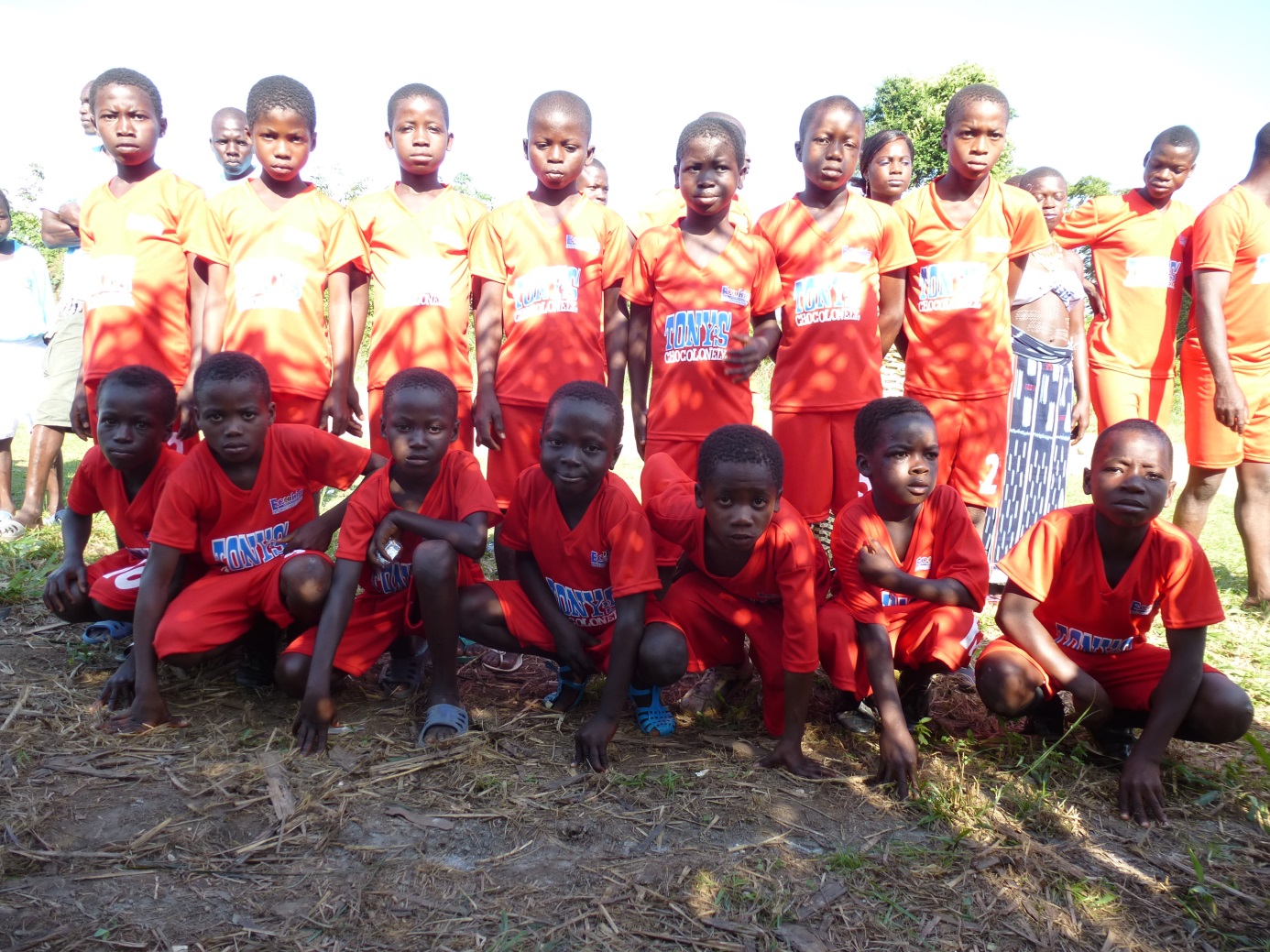10 years of Tony's blog #3: among the big boys
If you say that chocolate can be made differently, you have to show that.

If you say that chocolate can be made differently, you have to show that. Because we want all chocolate worldwide to be 100% slave-free, we set a good example to the big chocolate boys. Only if they follow our example will 100% slave-free chocolate become normal.
In making our own chocolate 100% slave-free, we consciously do NOT choose the easy way. We have to be a scalable example, so we follow the chain of the big boys. We get our cocoa from West Africa, where slavery and exploitation are still far too common. We work together with the great chocolate maker Barry Callebaut and ask him to adapt his giant factory for our traceable cocoa.
We want to show that anyone can make commercially successful chocolate without slavery and exploitation. So that no one can come up with an excuse to run away from their responsibilities and say: "That's nice little Tony's Chocolonely that you do it this way, but in the big chocolate world it works just a little differently".
So yes, we play with the big boys. Which means that it takes a little longer before we can guarantee 100% that all cocoa in our own bar is 100% slave-free. But we are well on our way. Our cocoa mass is already fully traceable from bean to bar and by the end of 2016 our cocoa butter* should also be traceable. Only then can we say that our bars are made from 100% slave-free cocoa.

Blaisekro football toppers, in Ivory Coast.
What have we learned from ten years of playing with the big boys? Well, we add 5 basic rules to the match:
1. Traceability: if you know who you buy your cocoa beans from, you cannot close your eyes to abuses that are taking place. So rule 1: playing ostrich is not allowed!
2. A higher premium: because we know and visit the cocoa farmers we work with, we see with our own eyes that a Fairtrade premium alone is not enough for a professional farmer to rise above the poverty line. We conducted research with independent experts to determine what we should pay. Last year Tony's paid 25% more than the normal standard cocoa price for the farmer. So rule 2: put your money where your mouth is!
3. Long-term relationship: If cocoa farmers know that they can sell their harvest for a higher Tony's premium in the coming years, they can make investments that go beyond surviving today. For example, they can buy new cocoa plants for a better harvest or a school uniform for their children. So rule 3: no one night stands, but a relationship of at least 5 years!
4. Productivity: yes, we have to pay more for the cocoa beans, but if a farmer also increases his productivity, it goes two, three or more times as fast. The level of knowledge is often so low that incorrect pruning is done and no maintenance is done. A lot of profit can be achieved with this. So rule 4: more knowledge means more harvest and more income!
5. Farmer's cooperatives: in a chocolate world where a few big boys rule the roost, farmers have to stand together and therefore work together. Only then will power be distributed more equally. So rule 5: choose cooperatives and make them stronger!
These five basic rules are essential for a slave-free cocoa harvest. They are interrelated and you cannot apply 1 or 2 rules and then think you are in a fair competition. So big boys, are you in?
* We will tell you exactly what happens with that butter in one of our next blogs (a little cliffhanger...)